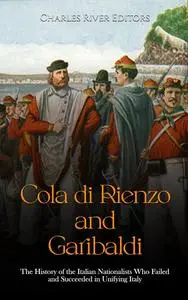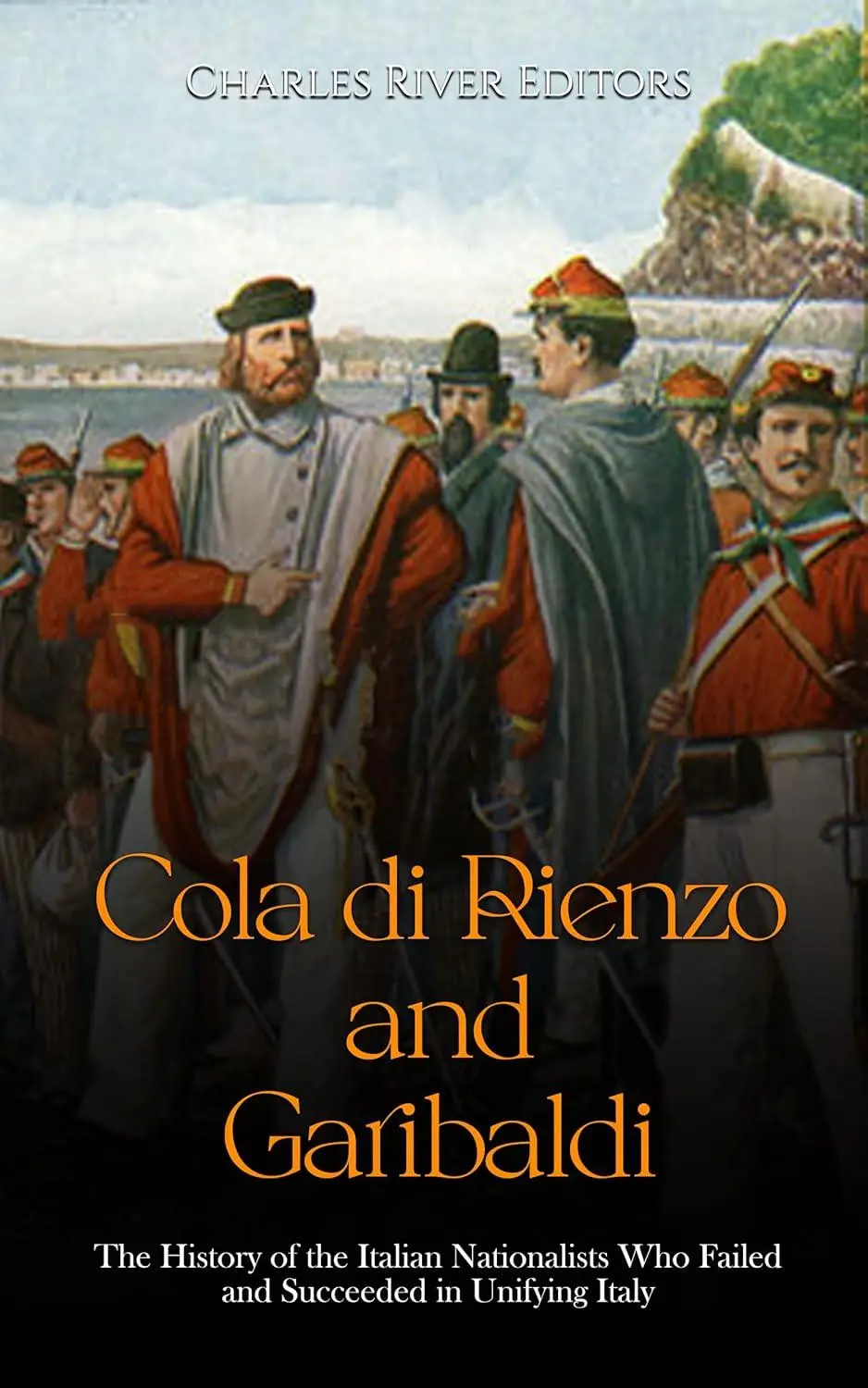Cola di Rienzo and Garibaldi: The History of the Italian Nationalists Who Failed and Succeeded in Unifying Italy by Charles River Editors
English | December 14, 2023 | ISBN: N/A | ASIN: B0CQDPK24X | 162 pages | EPUB | 7.10 Mb
English | December 14, 2023 | ISBN: N/A | ASIN: B0CQDPK24X | 162 pages | EPUB | 7.10 Mb
In the wake of the Roman Empire’s collapse, Italy found itself fractured, and nearly 1,000 years after Rome lost its grip in the late 5th century, there were several sovereign regional powers on the peninsula, such as Milan, Venice, Florence, the Papal States, and Naples. Centuries of conflict ensued, precipitating great anxiety among Western thinkers, and Italians responded to the fragmentation of the area in many ways.
While local leaders often maintained rivalries or alliances in an attempt to increase their power, some always held on to the idea of reestablishing the Roman Empire, a concept that had compelled rulers as far back as Byzantine Emperor Justinian the Great to attempt to conquer the entire peninsula. Among the Italians of the Middle Ages, the most famous – and controversial – man who sought to unify Italy was, somewhat fittingly, a Roman.
Cola di Rienzo was a man whose life and actions have reverberated down the centuries, as his charismatic, yet unsuccessful dictatorship has spawned legends and comparisons with movements of later ages. His attempt to bring the greatness of Roman antiquity into the reality of the 14th century, the city’s lowest point, is inspiring on its face. In 1938, Iris Origo saw how Cola was being used by her present era and noted that "within the last century Emperor, Communist and Fascist in turn have paid tribute to Cola di Rienzo as a kindred spirit or precursor. But historical parallels are deceptive. To measure a man of one century against a man of another is to see neither of them in the light of his own time…"
This type of appropriation was explored in a documentary produced in 2000 for National Geographic, entitled Treasure Seekers in the Shadow of Ancient Rome, which explicitly used the lives of Cola di Rienzo and Benito Mussolini to discuss how individuals became enraptured by the greatness of Rome’s past. By seeking to capture the essence of the “Idea of Rome,” both leaders used those historical notions to bring about political movements in their own day. In part, this is why some historians today consider di Rienzo a proto-fascist figure, despite the fact he lived 600 years before fascism spread in earnest across Europe.
In the 18th century, Italy was still divided into smaller states, but differently than during medieval times when the political entities were independent and were flourishing economic and cultural centers almost unrivaled in Europe. During the 18th century, all of them were submitted, in one way or another, to one of the greater hegemonic powers. This process of conquest and submission began during the early 16th century, when France was called on by the Duke Milan to intervene in his favor and from there never stopped.
The events of 1848-1849 began to pull the peninsula together, however. In January 1848, Sicily had a major revolution, which provoked widespread uprisings and riots, after which the kingdoms of Sardinia, the Two Sicilies, the Papal States and the Grand Duchy of Tuscany all were granted constitutions. In February, the Pope fled Rome and a three-month long Republic was declared, headed by Giuseppe Mazzini. In March, a revolution in Venice led to the declaration of a republic. In April, Milan also rebelled and became a republic.
The Italian state may have come together thanks to ideals, but the success of the Second Italian War of Independence owed a lot of its success to chance, foreign intervention, and the wheeling and dealing of a few powerful men. Its story is long and complex, and the ultimate unification of Italy as it’s recognized today would require no less than four wars. Nonetheless, despite its difficult birthing process and rocky start, the Italian state has survived over 150 years, and it even managed to remain united in the aftermath of World War II, escaping the fate of Nazi Germany.



